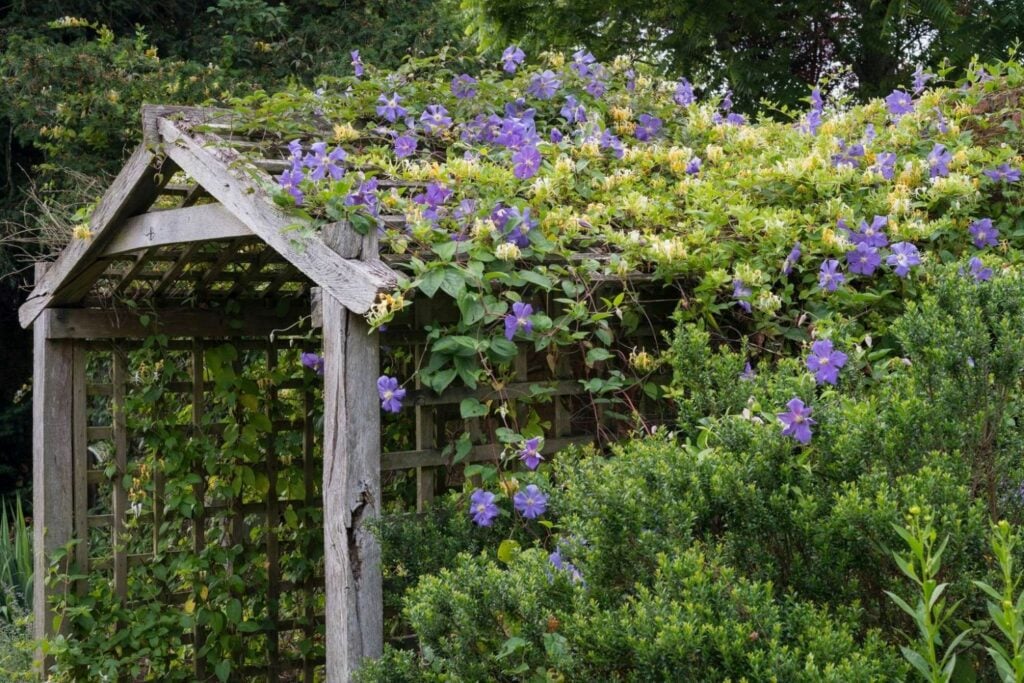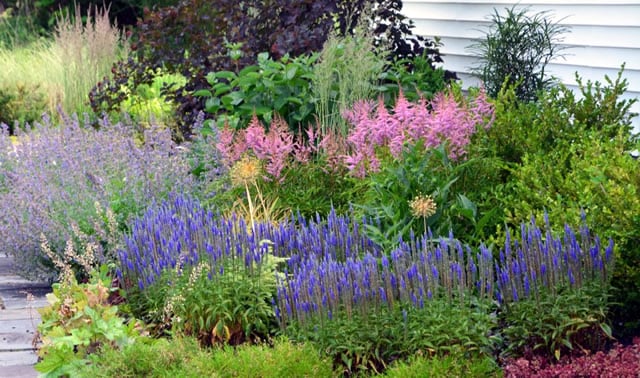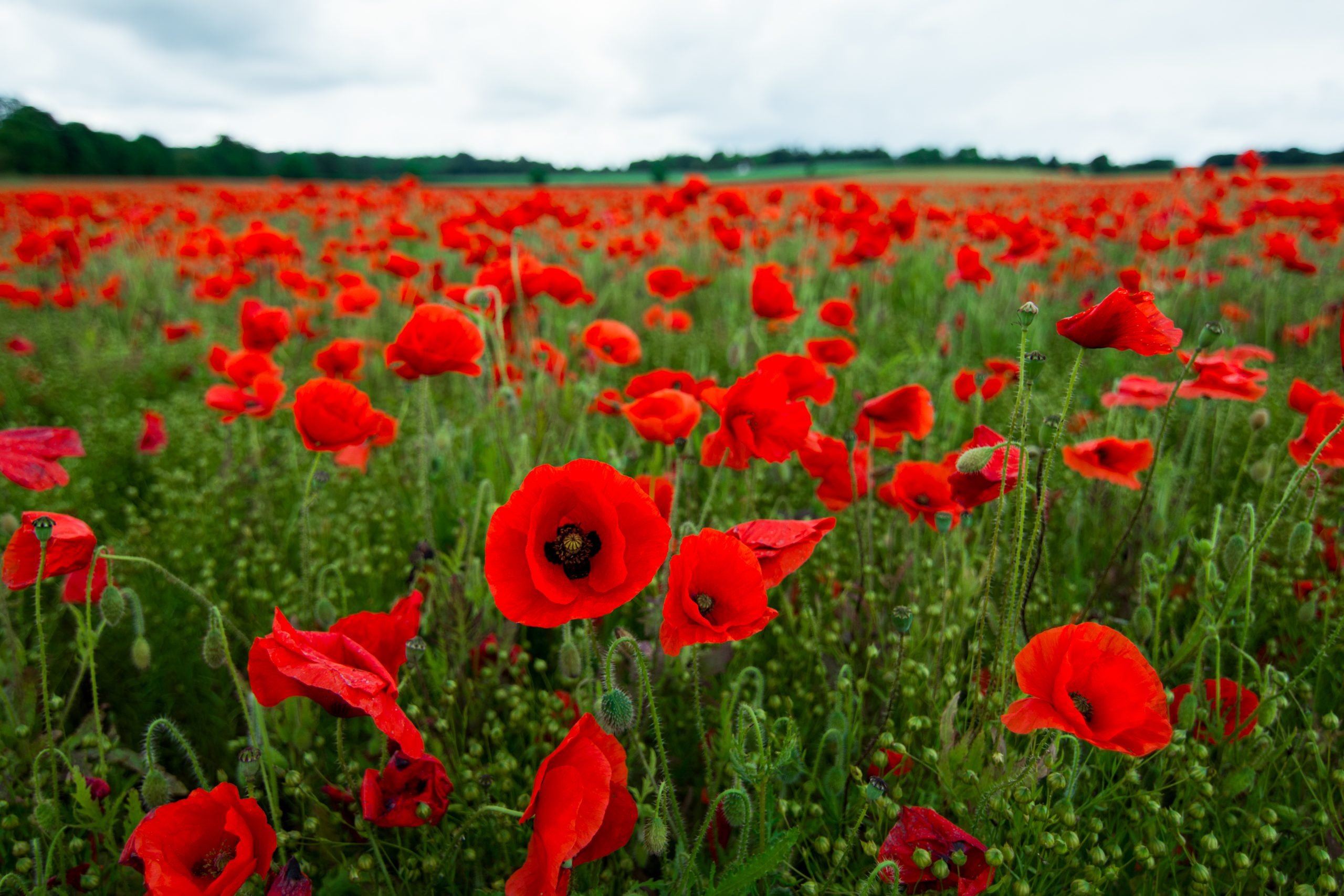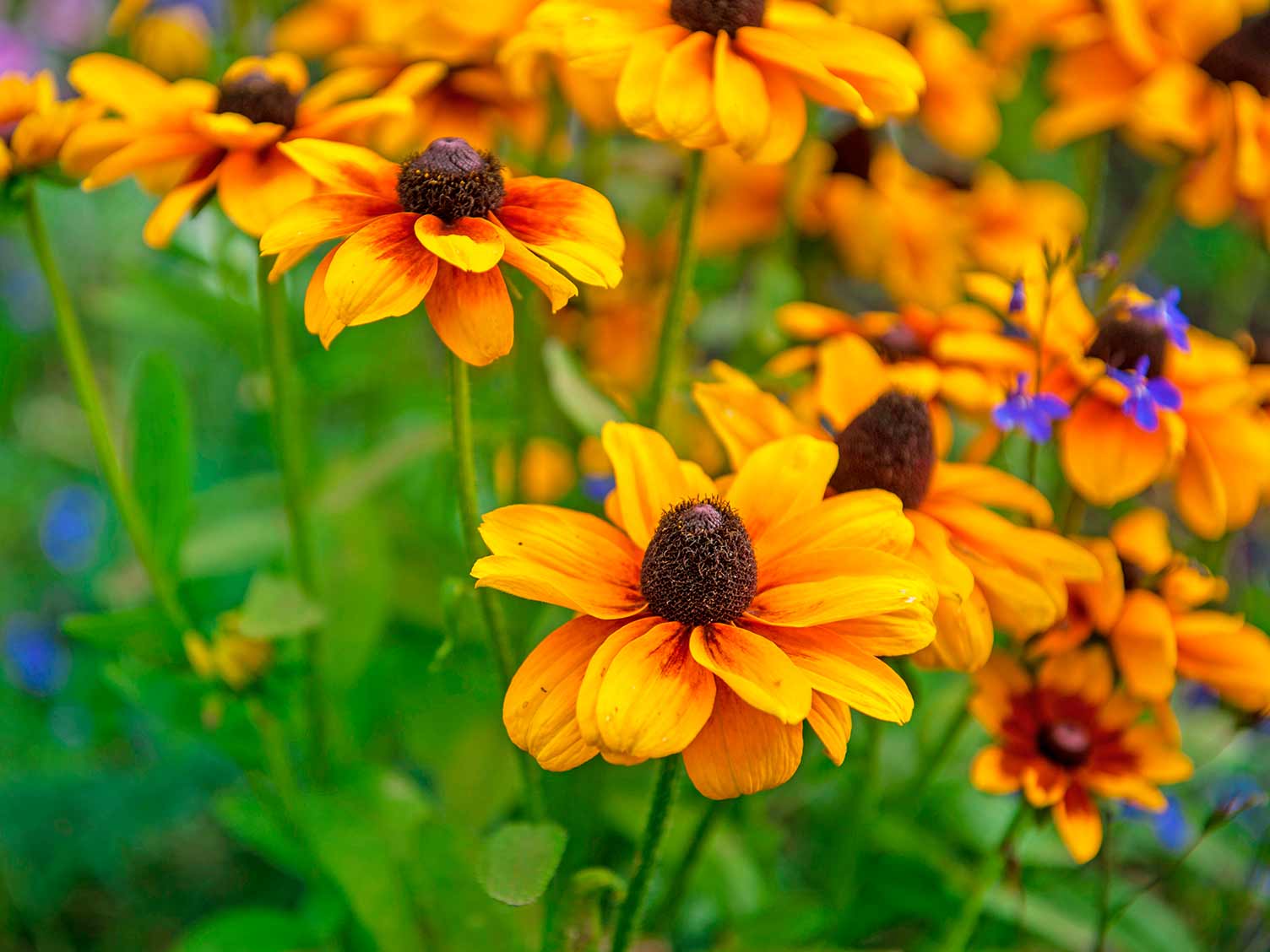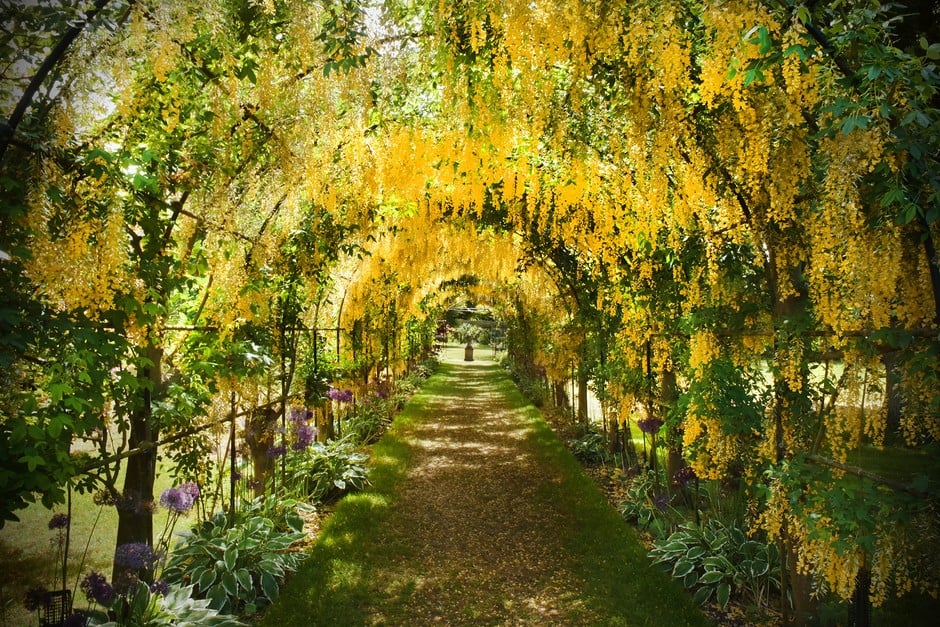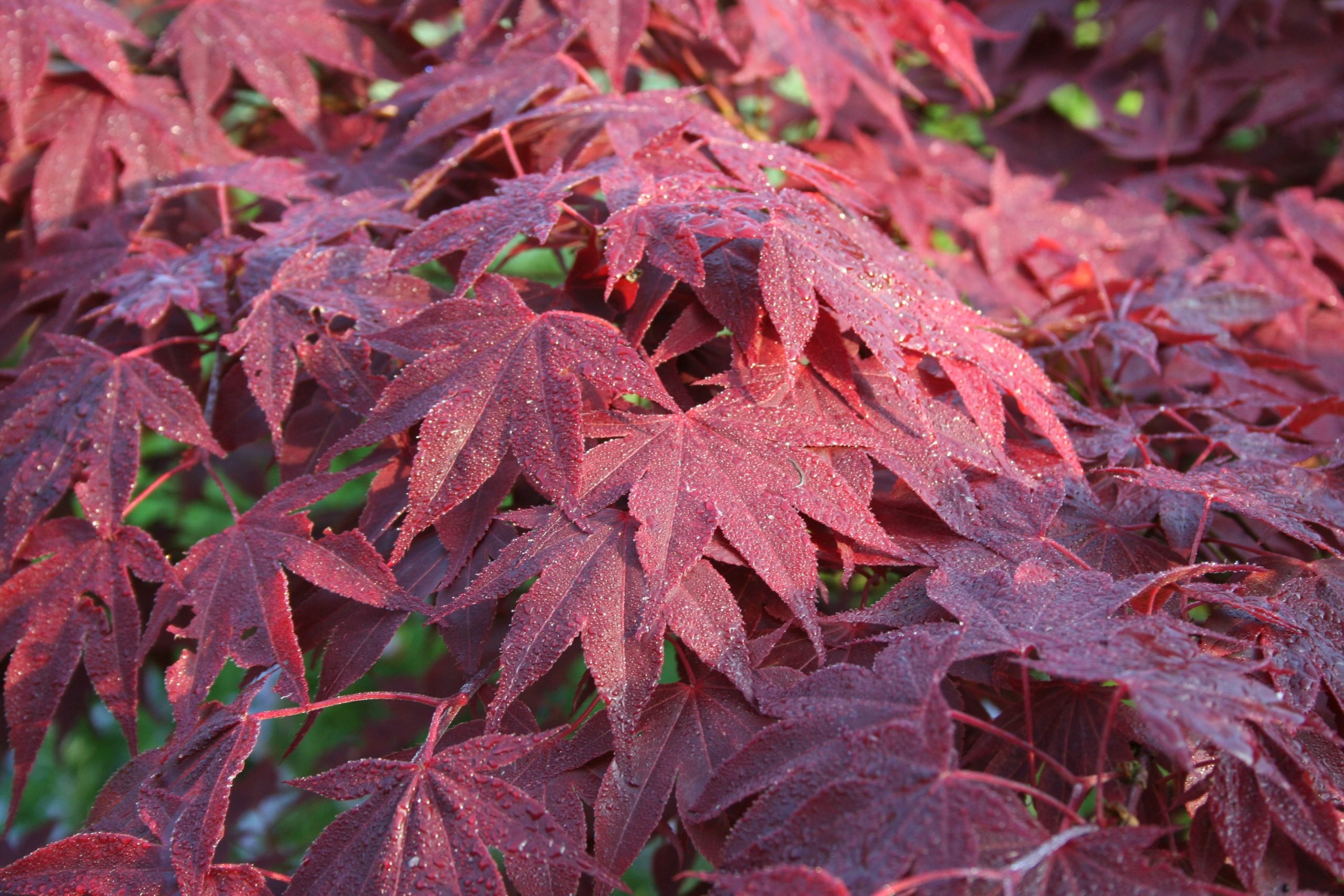5 Reasons Why Your Crocosmia Isn’t Flowering and How to Fix It
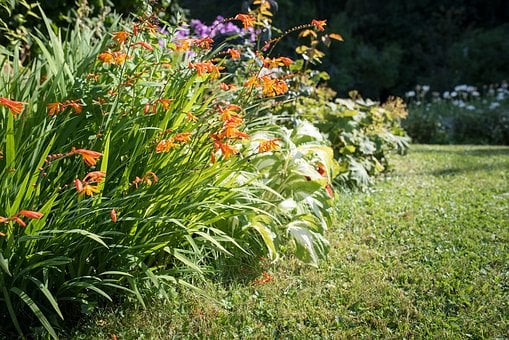
Table of Contents
Crocosmia, a combination of two Greek words, namely, “Krokos”, which means saffron and “some”, which means smell, has many medicinal benefits for humans. People in Papua New Guinea often inhale the fragrance from crushed leaves to relieve nasal congestion. At the same time, East Africans consume the sap of the leaf and an extract of the corms to treat malaria and arthritic rheumatism. When soaked in water, dried crocosmia flowers exude a saffron-like aroma, a treat for our olfactory senses.
Crocosmia enjoys eight months of full bloom from July until September. As a result, Crocosmia rarely gets infected and bothered by pests. For proper growth, Crocosmia must be exposed to an appropriate amount of sunshine, air, fertilisers, and water. There are several reasons for Crocosmia, not flowering. Let’s check them out in the article below.
Why Is Crocosmia Not Flowering?
Most of the time, plants do not bloom because of a nutrient imbalance. If a plant has the right amount of nitrogen, it will have heavy foliage and be green. However, excessive amounts of it can reduce foliage. Phosphorus is another gas that can be detrimental to the growth of a plant if it is available in a larger amount than necessary. Therefore, make sure that your crocosmia plant, or “Copper Tips” or “Montbretia,” is getting proper nutrients. This can be done by ensuring adequate spacing between plants while sowing and not subjecting the plant to unnecessary fertilisers, as that can change the composition of the soil.
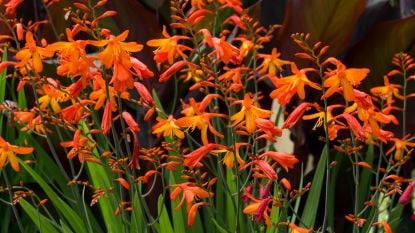
1. Your Crocosmias Could Be Competing for Nutrients
A short distance between two plants may cause your Crocosmia’s failure to bloom. It is a corm-based plant that can be seeded like bulbs. While planting the bulbs, dig a seven-cm-deep hole and fill it with a spadeful of well-rotted compost or any other organic material. Organic compost is the best source of nutrients for the plant. Make sure you plant crocosmias 38-45 centimetres apart and plant the corms (underground storage organs for a plant which comprise the necessary nutrients and the embryo for the plant to sprout) according to the area you have. Once the sowing process is complete, cover them with soil.
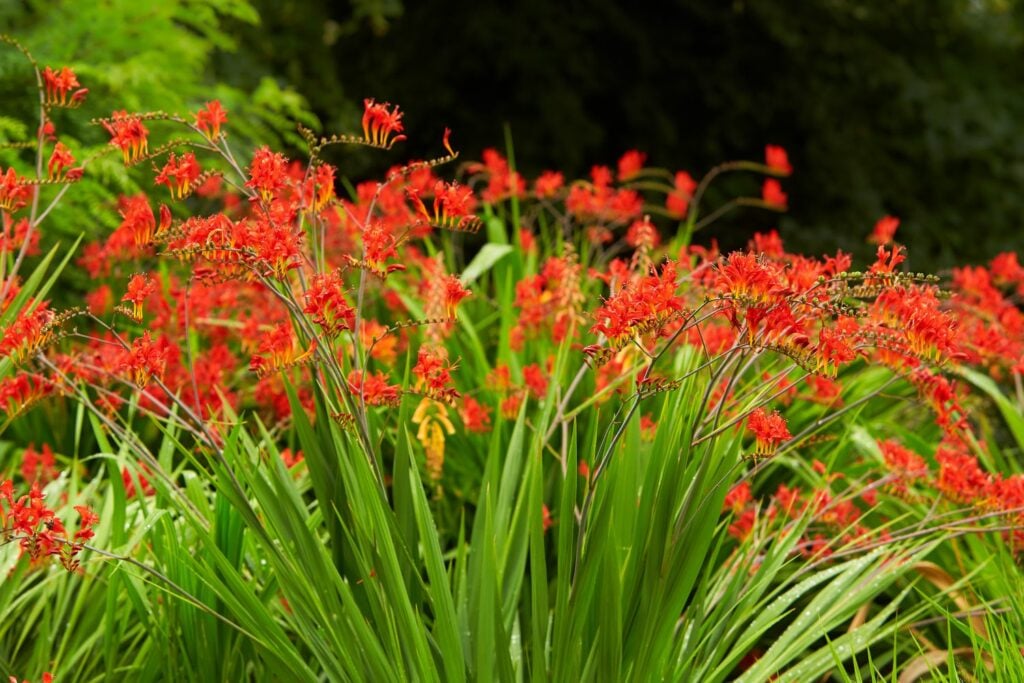
Overcrowding the space with plants can make them compete for nutrients. Therefore, make sure that you dig and divide the clumps when the summer or autumn ends. At certain times, excessive watering can also hamper the absorption of nutrients. Excessively watering a plant can cause roots to rot, not allow them to grow properly and also cause an imbalance in the soil’s pH level.
2. Check the Ph Level of the Soil
Crocosmias are plants that may grow in any type of soil like chalk, clay, loam and sand as long as it is sufficiently moist but properly drained. Enrich your soil with well-rotted manure, leaf mould, and compost to ensure your crocosmias bloom effectively. The growth of a plant is influenced by the type of soil it is grown in. For instance, although certain plants thrive in acidic soil, others do better in alkaline soil, while others like neutral soil. Therefore, the soil must have the ideal pH balance to function properly. Crocosmia plants can thrive in soil that ranges in pH from 6.5 to 7.5 and can be either acidic or alkaline.
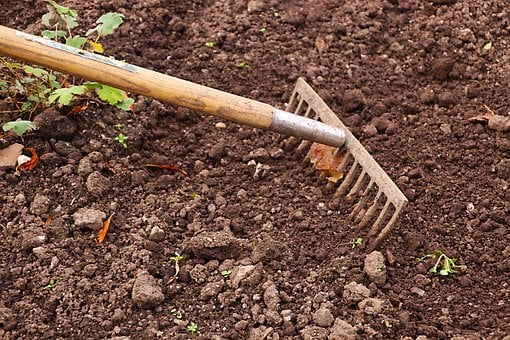
Your garden would look exceptionally beautiful if grown with Dahlias and Canna Lilies, as they can also grow under comparable conditions. Due to their arching stems, vividly coloured flowers and durable foliage, these plants are very decorative and a favourite of floral designers who use them to make bouquets.
3. Insufficient Sunlight
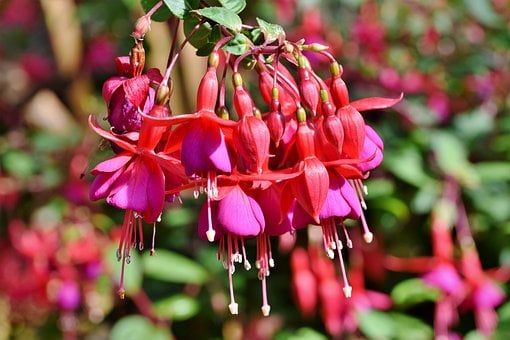
The crocosmia plant is South African in origin. Since crocosmias bloom to their fullest in sunlight, the plant has to have access to it for at least 6 hours a day. However, crocosmia flowers may not survive long if planted in areas with direct sunlight and high temperatures, as the scorching sun could be too harsh for delicate flowers. When the sun is too bright, you can keep your plants in the shade, as crocosmias can tolerate light shade. For additional care in winter, the plant should be grown in protected areas to avoid frost in colder climates, as they are not winter flowers.
4. Faulty Usage of Fertilisers
Crocosmia is a tough, resilient plant that thrives when left unattended. The plant will grow and develop a dense covering of leaves if more fertiliser is applied, but the number of flowers it produces will decline. Compost that has thoroughly rotted can fulfil the objective of giving it all the nutrition it needs and thick, beautiful flowers.
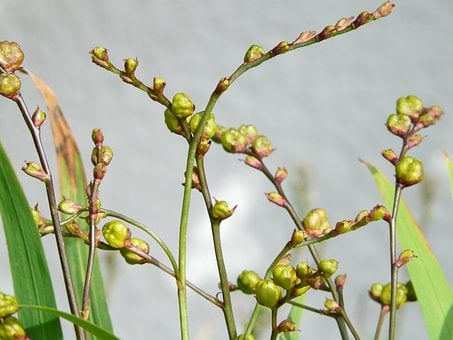
Therefore, you will not be doing any good for the flowering of the plant by spraying pesticides or insecticides on it. Blind usage of fertilisers can alter the chemistry of the soil; it is not eco-friendly as it pollutes the soil and water. Therefore, spraying fertilisers unnecessarily could be harmful to the plants that have to be planted in the same soil later on.
Crocosmia Might Not Flower in The First Year
Crocosmias need some time to adjust to a new environment. When they are planted in a new garden, they experience transplant shock. Consequently, you might not be able to see the lovely copper tips throughout the first year, which is completely normal. Instead, they take one full season to get accustomed to the new surroundings they are being planted, and once they adapt, they bloom beautifully.
It is best to get a plant from a greenhouse where it has previously been grown under controlled circumstances, such as the optimum amount of sunlight, air exposure, and water. This will help you avoid transplant shock.
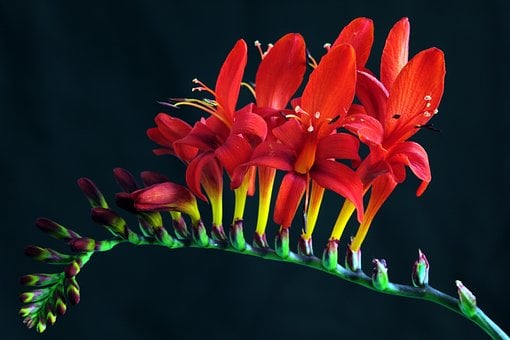
To ensure that your crocosmias thrive in the next summer season, store the leaves so the plant can put its energy back into its bulbs for blooming next summer. This is possible because bulbs get an energy charge from the leaves through photosynthesis, keeping the leaves for flowers to bloom.
How to care for Crocosmia
Your crocosmias’ failure to bloom could be the result of carelessness. During the summer’s dry season, properly water the clumps. Providing excess water to the plants can lead the roots to rot. A plant has to be watered so that the nutrients are absorbed properly and to keep the soil moist. To achieve this, watering the plant twice a week is enough. Spraying water every day on the plant will be of no benefit.
Fall mulching is necessary to shield the plants from frost. Since crocosmia corms reproduce rapidly, clusters will eventually become crowded and blossom less aggressively. Congested clumps should be separated and replanted in the spring. This guarantees that the soil is adequately hydrated and prepared for blooming in the summer when it becomes dry. As these practices could give the bulbs a head start in the spring, no additional fertiliser should be provided in the winter, and mulching is unnecessary.
To get the most out of them, divide your crocosmia plants in the autumn when the foliage dies and turns completely brown, i.e., from September to November. To do this, dig around the clump using a spade and maintain a distance of 30 centimetres so that you do not disturb or harm the root or the corms. Once they are pulled out of the ground, dust the excess soil away so the corms are visible. Separate the clumps into several sections so that there are multiple corms still intact in those sections. Replant these clumps and add bulb fertiliser so that they get accustomed to the new habitat. Keep the soil moist by adding mulch to it.
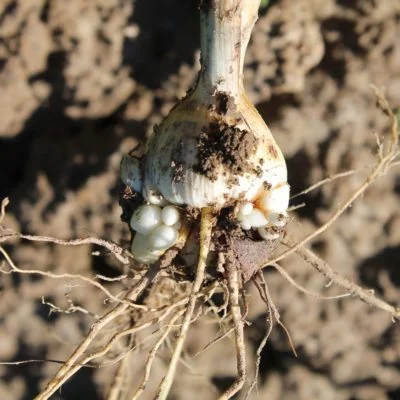
Horticulturists suggest removing dead leaves at regular intervals is vital, and once they grow to a certain height, it is extremely important to support these flowers with bamboo sticks. Also, one reason for your Crocosmia not floweringcould be that a corm could be infected. To ensure you are sowing healthy corms, pick out the ones that look infected while dividing your crocosmias in autumn.
These exotic-looking plants have long slender leaves and are one of the favourite flowers of a hummingbird and butterflies. A colourful cluster of petals in flaming crimson, red, orange, and yellow is present at the end of a stem. Spiritually, this flower represents the zeal you need to express with assurance and assert your authority playfully with immense enthusiasm.
Conclusion
Crocosmias come in about 400 different varieties, but they all require humus-rich, moist soil and adequate sun exposure to bloom most beautifully from the beginning of the summer until the end of the season. One of the best features of crocosmias is that at the beginning of autumn, they appear as vibrant as if it were mid-summer, while the rest of the flowers in your garden would look wilted by then.
If you are fond of flowers but do not have the time to take care of plants that require a lot of attention to detail and care, then growing crocosmias in your garden is a good option, as they are very easy to maintain. They can make your cottage garden look picture-perfect if grown on the borders. The upright foliage adds a distinct vertical element to your flower bed as they fit perfectly with ornamental grasses.
If you are worried about your crocosmias not flowering properly, try these ideas for proper plant growth and let us know in the comment section how well they went for you.

